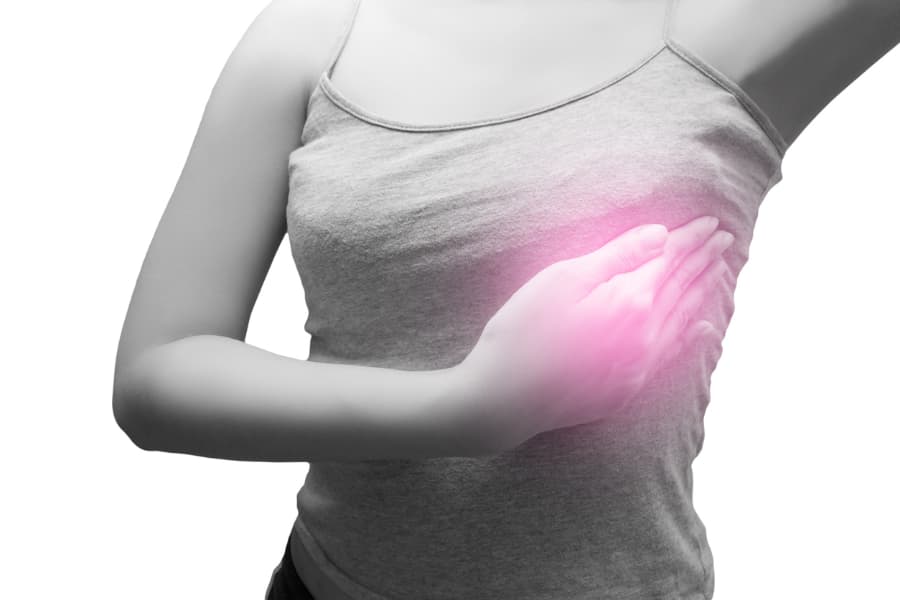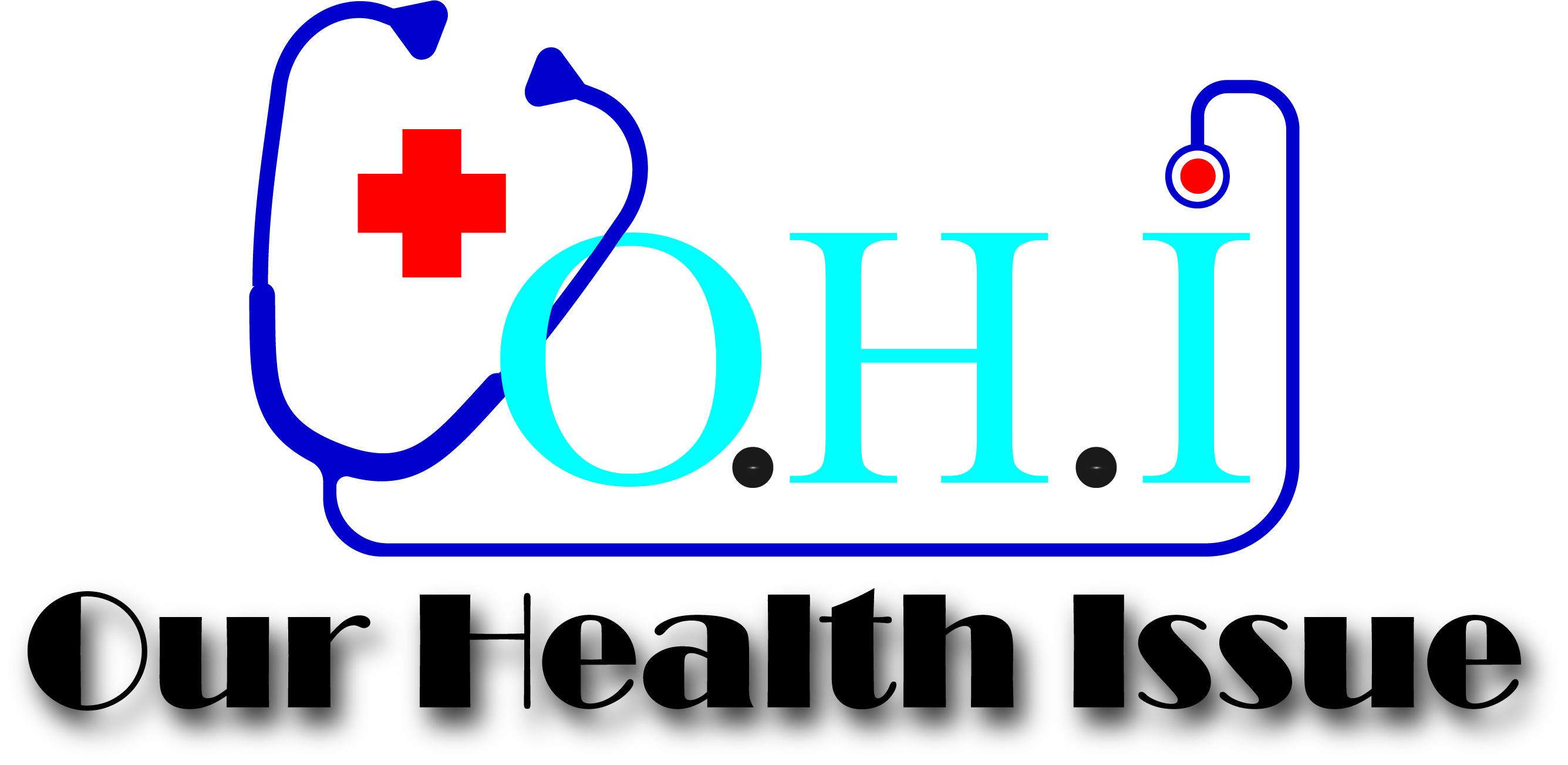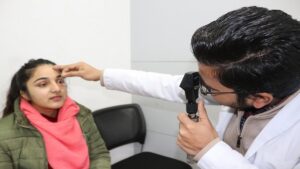
Breast cancer is a disease characterised by unregulated cell proliferation in the breast. Breast cancer is divided into numerous types. The type of cancer is determined by which cells in the breast develop into cancer.
ductal carcinoma can develop in any part of the breast. The breast is composed of three major components: lobules, ducts, and connective tissue. Lobules are the milk-producing glands. The tubes that transport milk to the nipple are known as ducts. Connective tissue holds everything together (fibrous and fatty tissue).
This cancer has the ability to spread outside the breast via blood and lymph arteries. Cancer is said to have metastasized when it spreads to other parts of the body. Arimidex Pill is a breast cancer treatment.
Breast Cancer Types
The most common types of breast cancer are as follows:
Cancer cells develop in the ducts and spread to other parts of ductal carcinoma tissue in invasive ductal carcinoma. Invasive cancer cells can spread to other parts of the body, a process known as metastasis.
Cancer cells form in the lobules and spread to the surrounding breast tissues in invasive lobular carcinoma. These cancer cells are capable of spreading throughout the body.
Less common types of ductal carcinoma include Paget’s disease, medullary, mucinous, and inflammatory breast cancer.
DCIS is a type of breast cancer that has the potential to progress to invasive carcinoma. Cancer cells have only spread to the duct lining and have not migrated to other breast tissues.
What Are the Signs and Symptoms of Breast Cancer?
Breast cancer symptoms vary from person to person. Some people have no indications or symptoms.
- One of the breast cancer warning signs is a new breast or underarm lump (armpit).
- One-sided breast thickening or edoema
- Breast skin dimpling or inflammation
- Nipple or breast skin that is flaky or inflamed.
- Nipple pulling in or pain in the nipple area
- Nipple discharge may contain blood in addition to breast milk.
- Any alteration in the breast’s size or contour.
- Discomfort in any part of the breast.
Remember that these symptoms can be cause by illnesses other than cancer.
If you see any signs or symptoms that concern you, make an appointment with your doctor straight once.
What Is the Definition of a Healthy Breast?
The absence of breasts is common. What one woman deems normal may not be the same as what another woman considers normal. The majority of women report lumpy or uneven breasts. The appearance and feel of your breasts might be affected by your period, having children, decreasing or gaining weight, and taking certain drugs. Breasts change as you get older. More information about breast changes and conditions can be found at the National Cancer Institute.
What Do Breast Lumps Indicate?
Breast lumps can be caused by a variety of disorders, including cancer. However, the majority of breast lumps are caused by other medical conditions. Fibrocystic breast illness and cysts are the two most common causes of breast lumps. Lumpiness, pain, and soreness can be caused by noncancerous changes in the breast caused by fibrocystic illness. Cysts are little fluid sacs that can develop in the breast.
What Are the Breast Cancer Risk Factors?
According to the study, ductal carcinoma risk is influenced by a number of factors. Being a woman and being older are the two most significant risk factors. Women above the age of 50 are more likely to develop ductal carcinoma.
Some women develop ductal carcinoma despite having no other known risk factors. The presence of a risk factor does not ensure the presence of the disease, and not all risk factors have the same effect. Despite the fact that the great majority of women have certain risk factors, the vast majority do not develop this cancer. If you have any of these cancer risk factors, talk to your doctor about risk-reduction techniques and ductal carcinoma screening.
The Risk Factors Are Unchangeable
Growing older. ductal carcinoma risk increases with age. The majority of these tumours are discover beyond the age of 50.
Women who have inherited abnormalities (mutations) in particular genes, such as BRCA1 and BRCA2, are more likely to develop breast and ovarian cancer.
Women who begin menstruation before the age of 12 and menopause after the age of 55 are expose to hormones for a longer period of time, which increases their risk of cancer.
Possessing huge breasts. Tumors can be difficult to detect on mammography because dense breasts have more connective tissue than fatty tissue. This cancer is more common in women who have large breasts.
Personal experience with this cancer or other non-cancerous ductal carcinoma ailments. Women who have had breast cancer before are more likely to have it again. Breast cancer risk is higher in people who have atypical hyperplasia and lobular carcinoma in situ.
There is a family history of breast or ovarian cancer.
A woman is more likely to get breast or ovarian ductal carcinoma if she has a mother, sister, or daughter (first-degree relative) or numerous family members who have hadductal carcinoma or ovarian cancer on either her mother’s or father’s side of the family. A woman’s risk increases if she has a first-degree male relative with this cancer.
Radiation therapy was formerly administere. Women who get chest or ductal carcinoma radiation therapy before the age of 30 (for example, to treat Hodgkin’s lymphoma) are more likely to develop this cancer later in life.
Drug exposure to diethylstilbestrol (DES). Between 1940 and 1971, some pregnant women in the United States were give DES to avoid miscarriage. Women who used DES while pregnant or whose mothers did are more likely to develop this cancer.
Who Is Predispose to Breast Cancer?
“Having cancer in the family increases the risk of cancer in both sexes.”
This blog post discusses how this cancer can be passe down through families, putting both men and women at risk.
You may be at a higher risk of developing this cancer if you have a substantial family history of the disease or inherited abnormalities in your BRCA1 and BRCA2 genes. You may also increase your chances of developing ovarian cancer.
Consult your doctor about risk-reduction options such as taking Breast Cancer pills medications that block or reduce oestrogen levels in your body or having surgery.
Factors of Variable Risk
Photograph of two women walking with one dumbbell in each hand.
Physical activity can help lower your risk of developing this cancer.
Being physically inactive. Women who do not exercise regularly are more likely to develop breast cancer.
Obesity or being overweight after menopause Overweight or obese elderly women are more likely to have this cancer than healthy-weight women.
Replacement hormone treatment. Some types of hormone replacement therapy (those that mix oestrogen and progesterone) used for more than five years during menopause can increase the risk of this cancer. Certain oral contraceptives have also been link to an increased risk of breast cancer (birth control tablets).
Having your first pregnancy after the age of 30, not nursing, and never having a full-term pregnancy are all risk factors for developing this cancer.
I’m going to have a drink. According to the study, the more alcohol a woman consumes, the more likely she is to develop this cancer.
Other risk factors for ductal carcinoma, according to the study, include smoking, exposure to carcinogenic chemicals, and changes in other hormones produced by night shift work.




